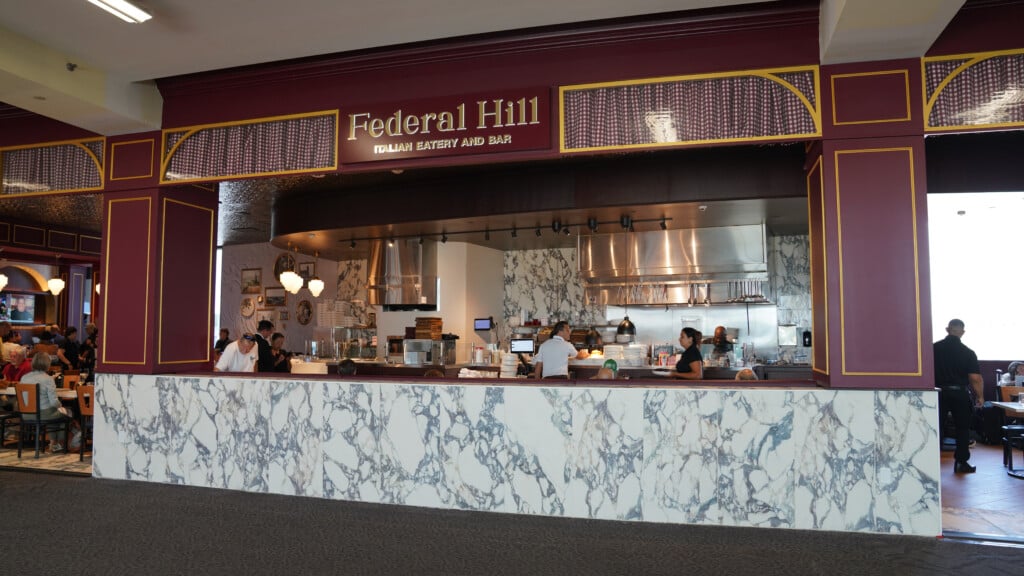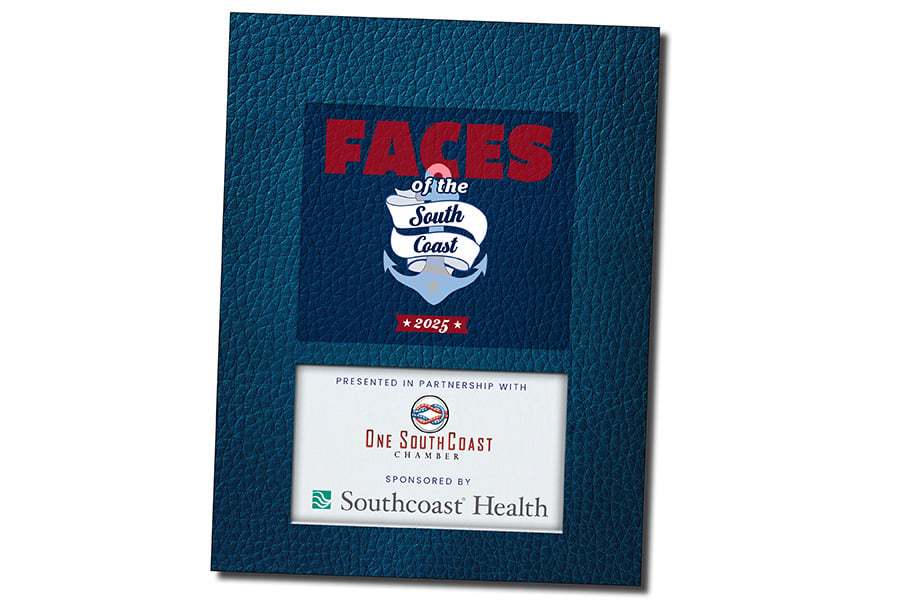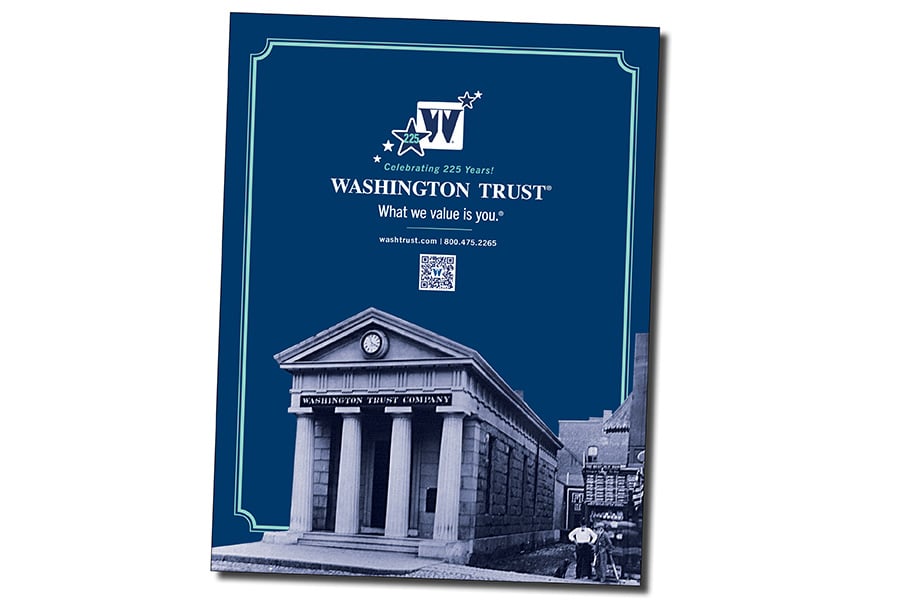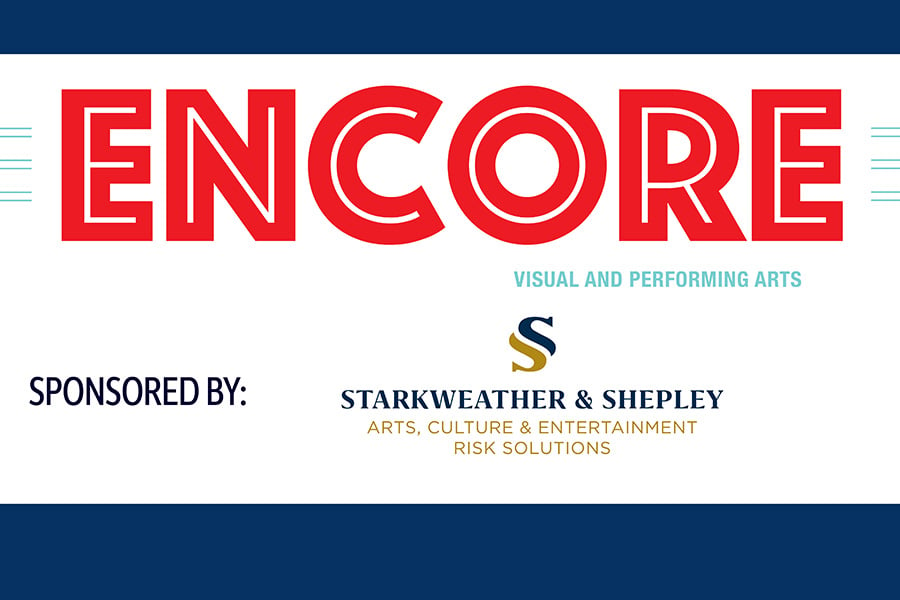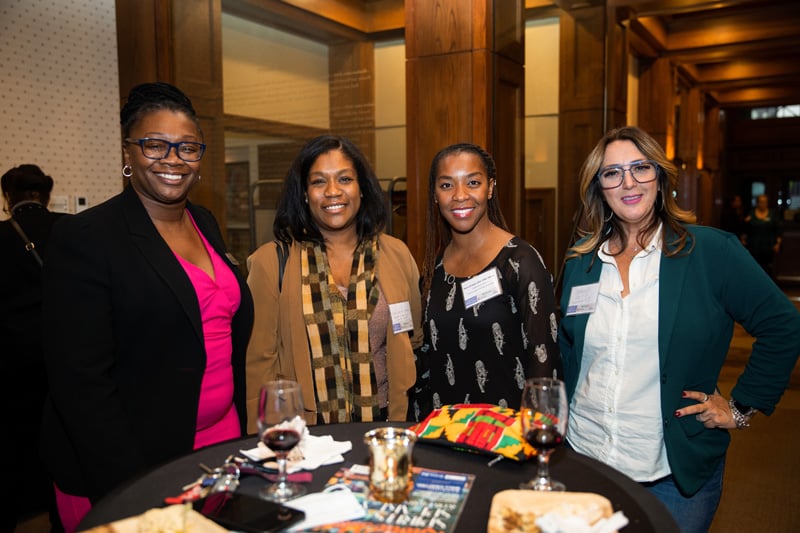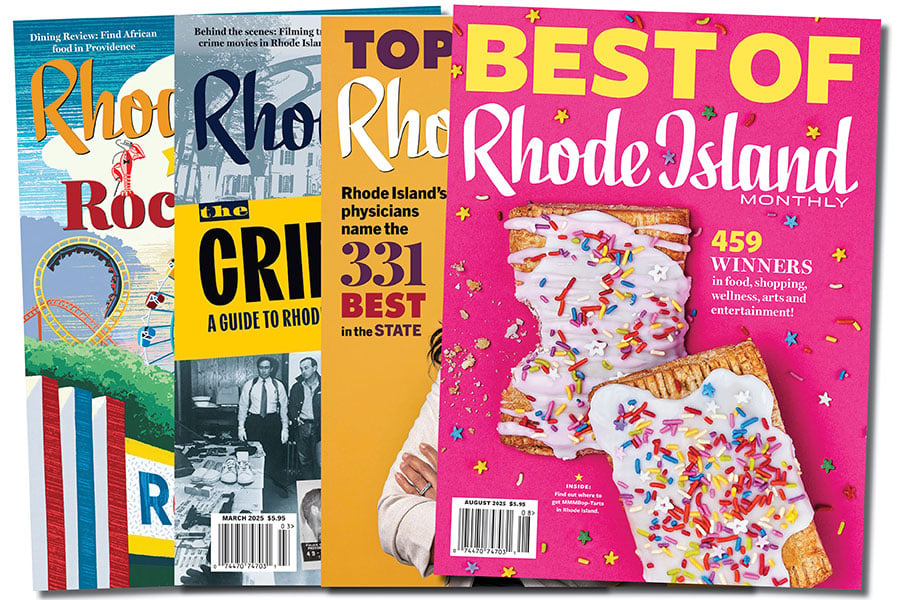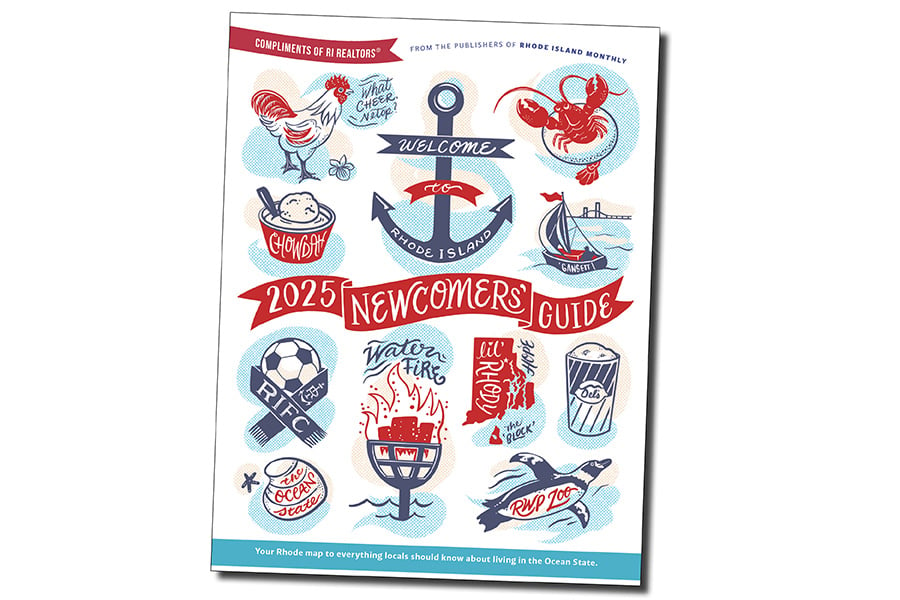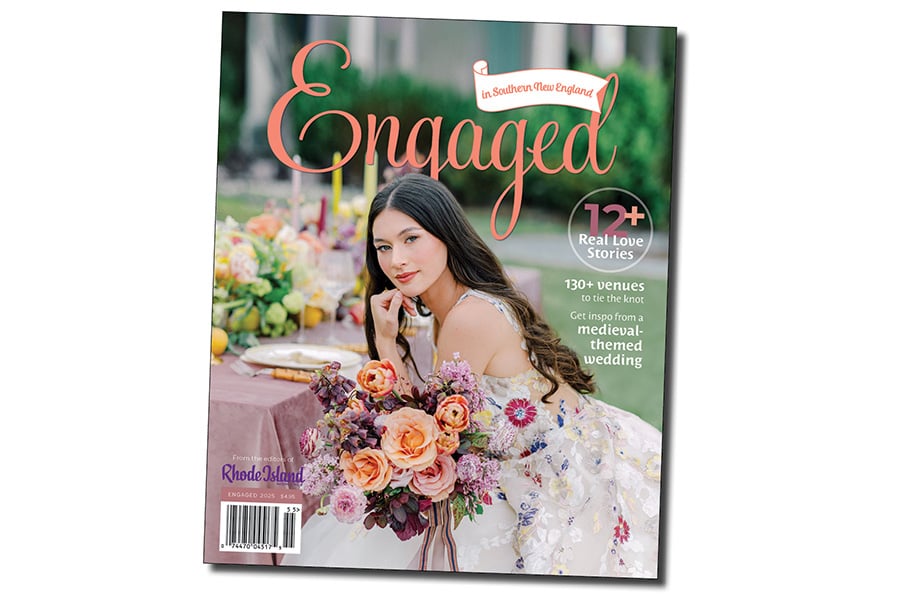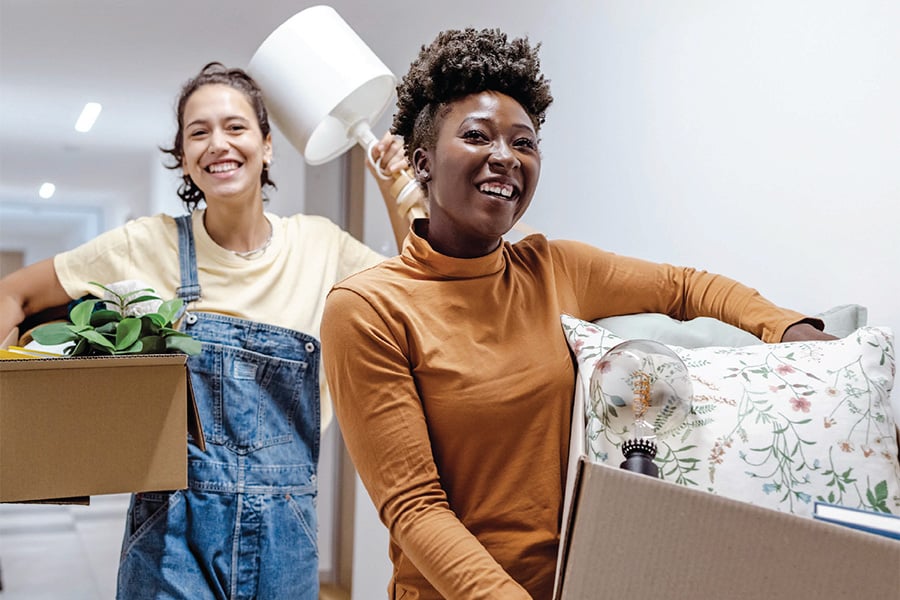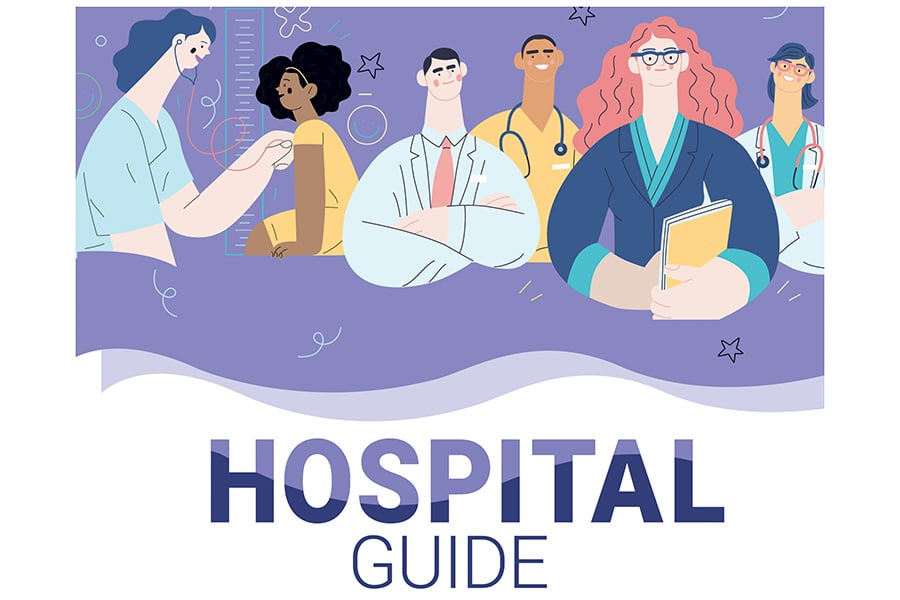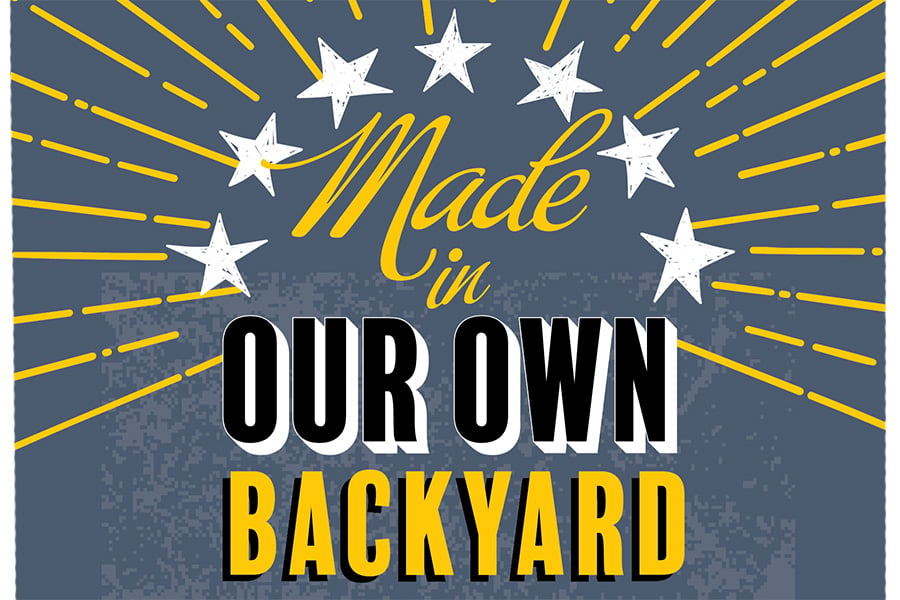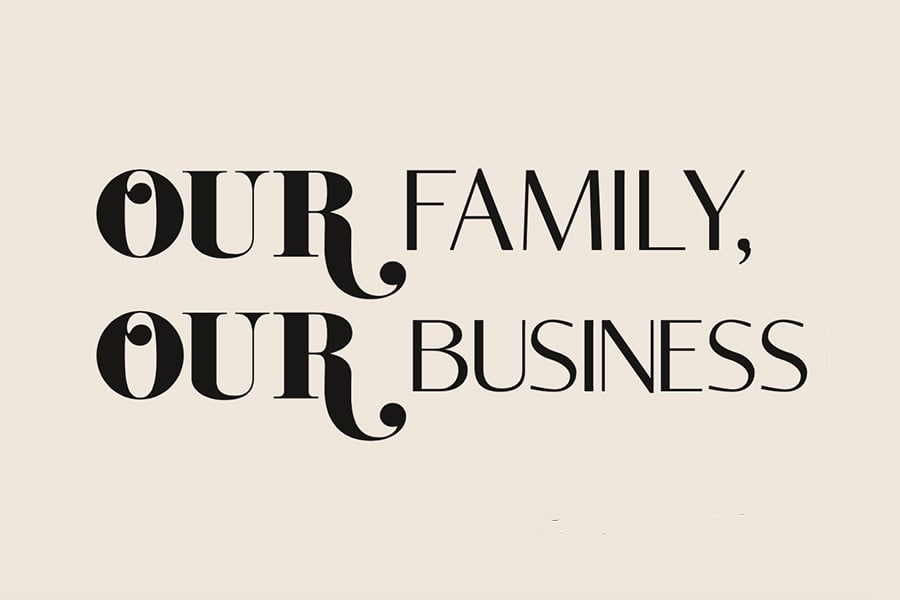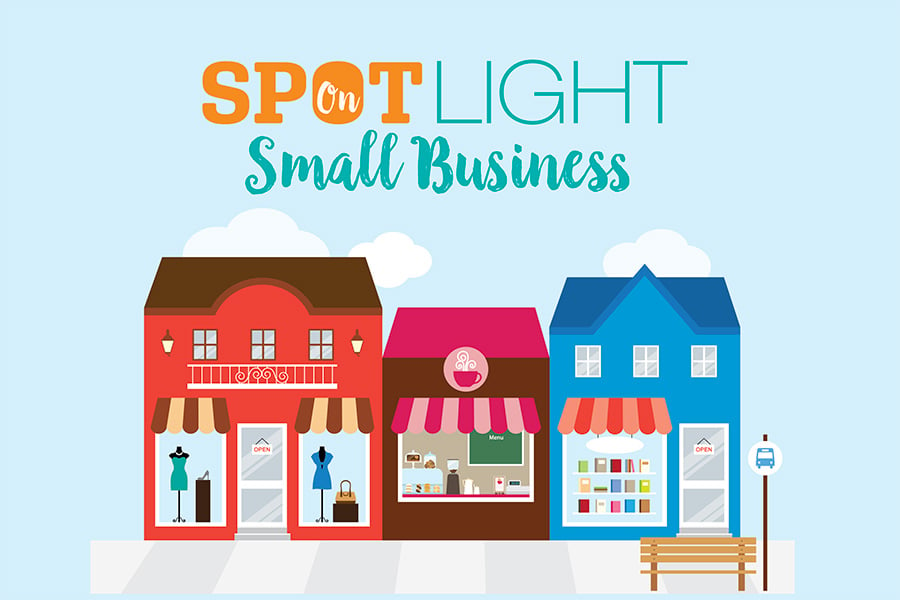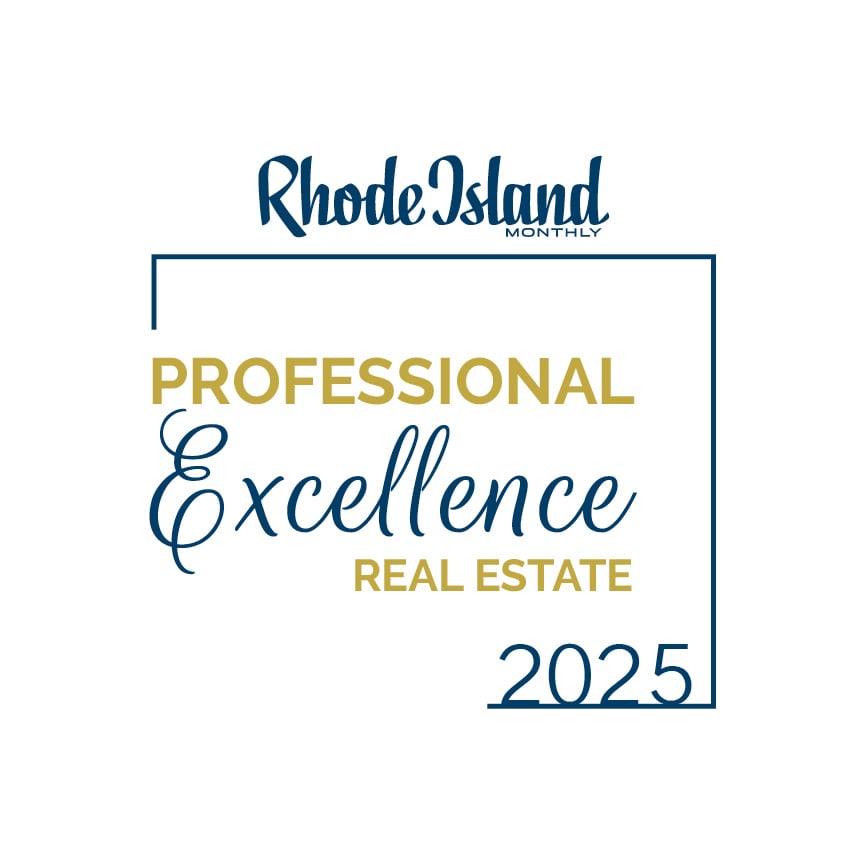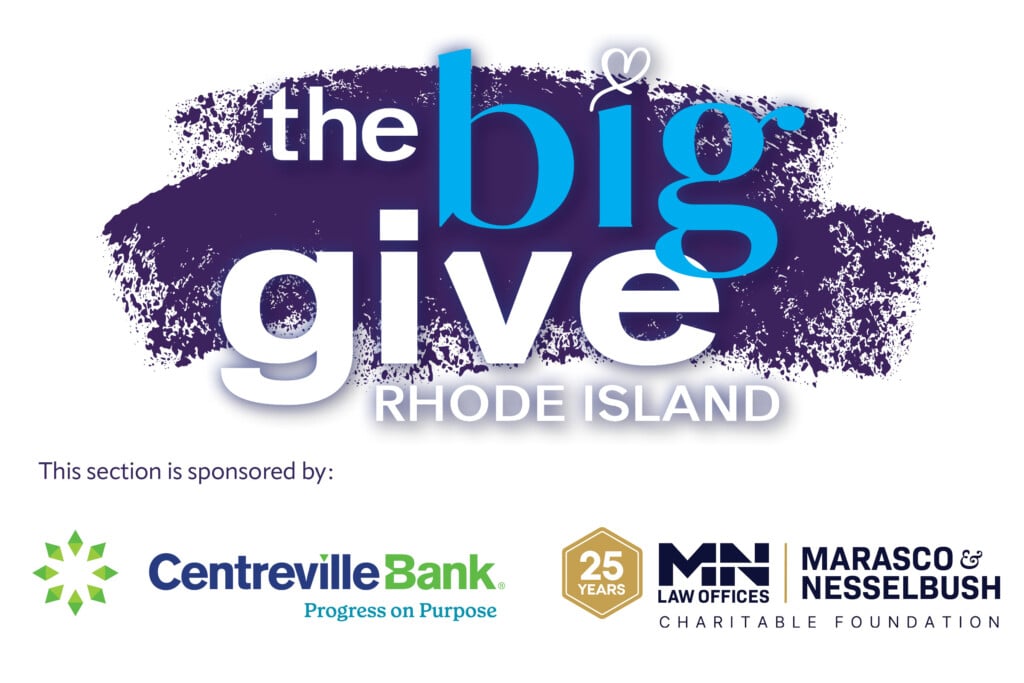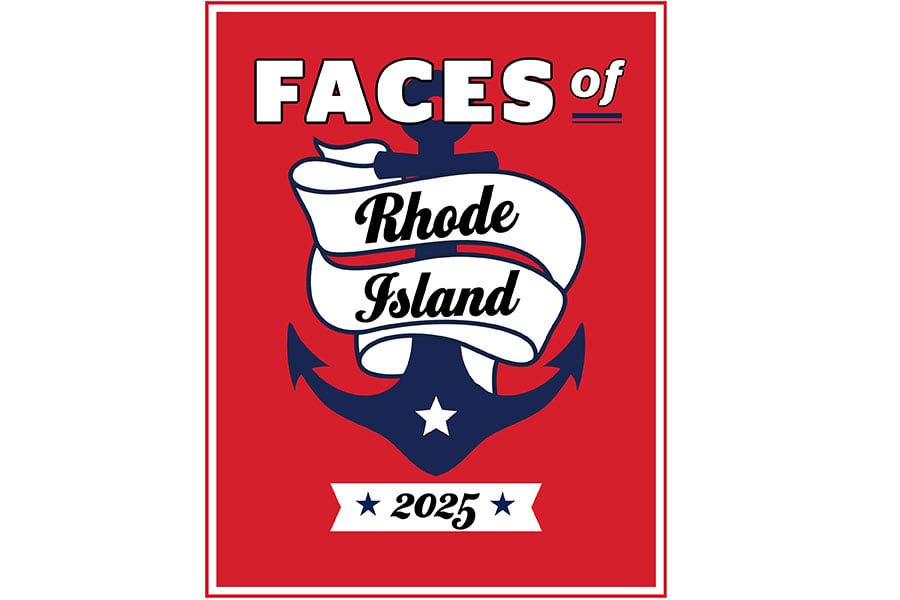The Art Buyer’s Guide to Rhode Island
Read on to discover your new favorite artist, gallery or curator, as well as expert tips on framing, etiquette and collecting.

Illustration by Allison Cole.
Art Etiquette
Gallerists share tips on how to navigate the gallery circuit like a pro.
Intimidated by the clean and cultured- looking interiors of art galleries? You’re not alone.
“I often think that people may walk by without stopping in because they do not feel knowledgable enough about art,” says David Gregory Spears of Newport Contemporary Fine Arts. “Most galleries are very glad to have the public in to view the work that is on display.”
Consider that your invitation to local galleries. But where to go first? Here are some tips on finding your new art spot — and how to make a purchase once you get there.
Familiarize yourself. Listings, online or in print, are your friends. Browse galleries’ websites and social media to see what artists they represent or exhibit; find an aesthetic close to your own. Check the gallery hours, or make an appointment. Many gallerists are open to the latter, especially if their regular hours are limited or you’re looking to buy.
Don’t be timid. “Look at everything and ask a million questions,” advises Jessica Hagen, who runs the eponymous space, Jessica Hagen Fine Art and Design, in Newport. “Gallery owners or managers are usually really happy to talk to you.” You can ask about the exhibit on view, if the gallerist has more work from the same artist, or if they have additional work for sale. If you’re buying for pleasure-cum-profit, ask about the artist’s career. Are they in any collections, museums or publications?
Ask about price. “I’m never offended if someone sees something and asks if I can do better on the price,” Hagen says. Galleries differ in their pricing policies, as do artists, but it’s worth inquiring. “In my experience, galleries and the artists they represent are open to these discussions, and may actually encourage them,” Spears says.
Go flat. Many galleries have flat files: inventories of work on paper (drawings, photographs, prints) that aren’t on display but are still available for purchase. Inquire about flat files if you’d like to buy small before committing to a more massive artwork. Some local options include Providence’s AS220 or Cade Tompkins Projects.
Or go home. Some galleries will lend you a piece “on approval” — the equivalent of test-driving a car. If you like the piece, you can purchase it. Hagen’s idea of a good omen? “If you live with something in your house for twenty-four hours, and you love it more than the day before,” she says.
Don’t be sneaky. See something you like in a gallery? Buy it there. Approaching an artist outside the venue in hopes of paying less will likely cut the gallerist out of their commission. It’s not only rude, but a real stressor for gallerists who spend plenty to keep their spaces alive.
Or snarky. Says Hagen: “The one phrase that every single gallery owner in the world hates is, ‘I could’ve done that.’ ” So leave the art criticism to the professionals. (Trust me: we need the work.) –A.C.

Photography courtesy of XOS Exchange Studio.
Buy Direct
How to score work by emerging local artists outside of the gallery setting.
Support the arts” is a popular if nebulous platitude. The best way to contribute? Maybe it’s helping artists pay their rent and groceries.
“I haven’t run into one artist who says, ‘I get to do exactly what I wanna do…and I can support myself and a family on this,’ ” says Jen Ferry, president of Art League Rhode Island.
But how do you begin collecting artists who aren’t established or exhibiting? The best way is to buy direct.
“Very few people are too busy to sell work. Most of the time people are thrilled,” says Brooke Erin Goldstein, a curator and artist based in Providence.
Buying online requires minimal effort. Saatchi offers original art in an impressive range of media, but quality and pricing vary wildly. There’s also Artsy, the one percenter’s version of Saatchi that sells Warhols alongside work from hip, cosmopolitan galleries.
The lo-fi, local version of an online storefront is the art festival, like those found annually in Narragansett, Wickford and Scituate. Here you’ll find affordable craft, jewelry, textiles, woodworking, art glass and more traditional fine art.
“People tend to buy beach stuff,” Ferry says of these events. In other words: Paintings of waves, boats and other nautical favorites flood these fairs.
If you’re pining for something different, there are better options, like open studios, where you can interact with flesh-and-blood artists, many of whom work in more contemporary styles or subject matter. Discounts are possible, as the artist won’t need to pay anyone a commission.
If you’re looking to buy the highest-voltage, most totally gaga work from unrepresented and emerging artists, start researching.
“There’s not like this massive database of artists’ websites…you kind of have to find them through having seen the work somewhere,” says artist Bradley Wester.
Start following local galleries on Instagram. Creep a bit to find newbies worth admiring. Wester recommends joining mailing lists (from artists or galleries), as well as “find[ing] the studio buildings where artists are.”
On that note, Goldstein names the Nicholson File Building, The Wurks and The Ajay Land Co. as three happening spots in Providence where one can find artists. Last fall, all three participated in the Valley Arts District Open Studios. Pawtucket’s Riverfront Lofts is another worthwhile space.
Once you’ve found that special someone, swipe right — or rather, press send.
“If there’s an artist you’re interested in, never hesitate to reach out directly by email,” Goldstein says.
Wester suggests meeting in person to assuage any possible concerns of fraud. Once the artist is convinced you’re not a robot, prepare to welcome home a new piece of art. –A.C.


